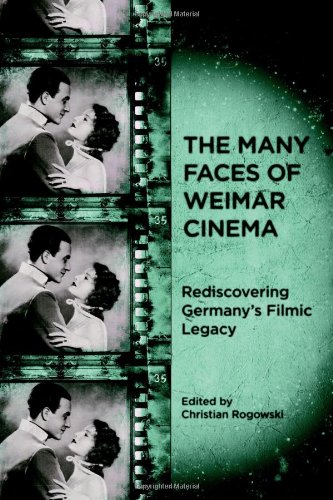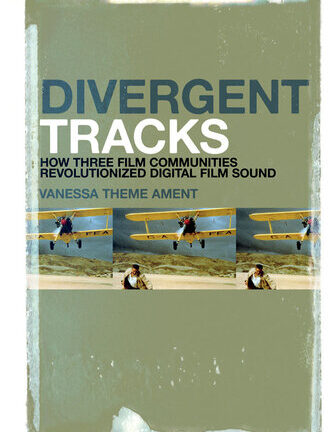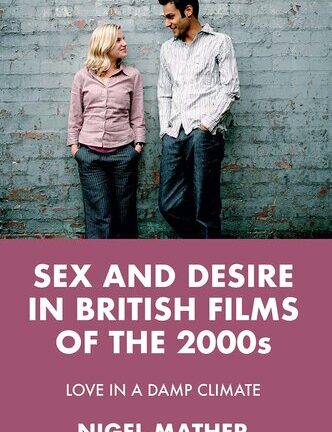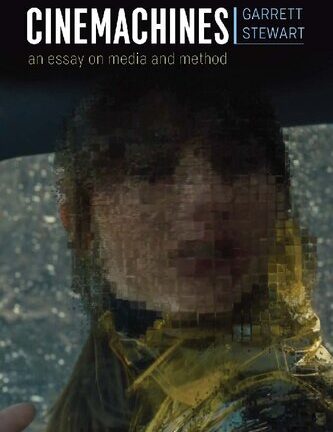Description
**Traditionally, Weimar cinema has been equated with the work of a handful of auteurist filmmakers and a limited number of canonical films. Often a single, limited phenomenon, “expressionist film,” has been taken as synonymous with the cinema of the entire period. But in recent decades, such reductive assessments have been challenged by developments in film theory and archival research that highlight the tremendous richness and diversity of Weimar cinema. This widening of focus has brought attention to issues such as film as commodity; questions of technology and genre; transnational collaborations and national identity; effects of changes in socioeconomics and gender roles onfilm spectatorship; and connections between film and other arts and media. Such shifts have been accompanied by archival research that has made a cornucopia of new information available, now augmented by the increased availability of films from the period on DVD. This wealth of new source material calls for a re-evaluation of Weimar cinema that considers the legacies of lesser-known directors and producers, popular genres, experiments of the artistic avant-garde, and nonfiction films, all of which are aspects attended to by the essays in this volume.
Contributors: Ofer Ashkenazi, Jaimey Fisher, Veronika Fuechtner, Joseph Garncarz, Barbara Hales, Anjeana Hans, Richard W.McCormick, Nancy P. Nenno, Elizabeth Otto, Mihaela Petrescu, Theodore F. Rippey, Christian Rogowski, Jill Smith, Philipp Stiasny, Chris Wahl, Cynthia Walk, Valerie Weinstein, Joel Westerdale.
Christian Rogowski is Professor of German at Amherst College.
Table of Contents
Introduction: Images and Imaginaries – Christian Rogowski
Richard Oswald and the Social Hygiene Film: Promoting Public Health or Promiscuity? – Jill Suzanne Smith
Unsettling Nerves: Investigating War Trauma in Robert Reinert’s Nerven (1919) –
Humanity Unleashed: Anti-Bolshevism as Popular Culture in Early Weimar Cinema – Philipp Stiasny
Desire versus Despotism: The Politics of Sumurun (1920), Ernst Lubitsch’s “Oriental” Fantasy – Richard W. McCormick
Romeo with Sidelocks: Jewish-Gentile Romance in E. A. Dupont’s Das alte Gesetz (1923) and Other Early Weimar Assimilation Films – Cynthia Walk
“These Hands Are Not My Hands”: War Trauma and Masculinity in Crisis in Robert Wiene’s Orlacs Hände (1924) – Anjeana Hans
The Star System in Weimar Cinema – Joseph Garncarz
Schaulust: Sexuality and Trauma in Conrad Veidt’s Masculine Masquerades – Elizabeth Otto
The Musical Promise of Abstract Film – Joel Westerdale
The International Project of National(ist) Film: Franz Osten in India – Veronika Fuechtner
The Body in Time: Wilhelm Prager’s Wege zu Kraft und Schönheit (1925) –
Henrik Galeen’s Alraune (1927): The Vamp and The Root of Horror –
The Dialectic of (Sexual) Enlightenment: Wilhelm Dieterle’s Geschlecht in Fesseln (1928) – Christian Rogowski
Babel’s Business – On Ufa’s Multiple Language Film Versions, 1929-1933 – Chris Wahl
“A New Era of Peace and Understanding”:The Integration of Sound Film into German Popular Cinema, 1929-1932 – Ofer Ashkenazi
Landscapes of Death: Space and the Mobilization Genre in G. W. Pabst’s Westfront 1918 (1930) – Jaimey Fisher
Undermining Babel: Victor Trivas’s Niemandsland (1931) – Nancy P. Nenno
Unmasking Brigitte Helm and Marlene Dietrich: The Vamp in German Romantic Comedies (1930-33) –
Filmography
Notes on the Contributors
Index**






Reviews
There are no reviews yet.